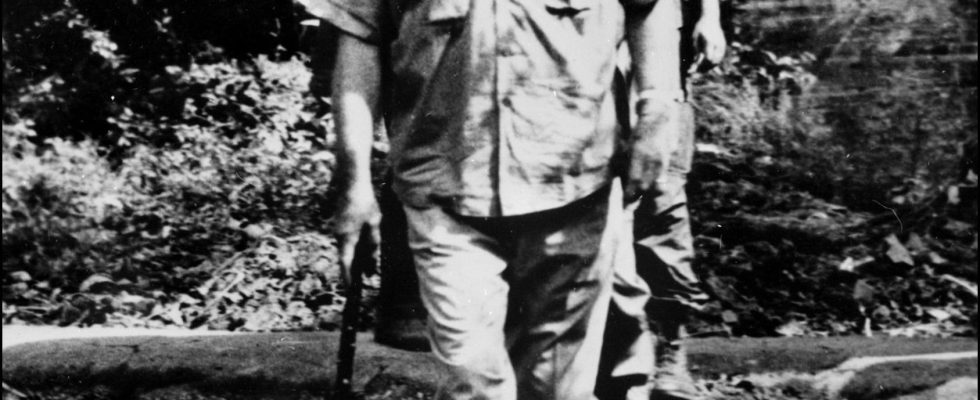Frankly, what an idea to write again to rest from having written! Only writers indulge in such fantasies. With Simenon, that gave rise to seventy-five investigations by Superintendent Maigret. Chez John Steinbeck (1902-1968), the journal of his great novels. First there was that of grapes of wrath, published in French in 2019 by Seghers; now there is the one ofEast of Eden, that the same publisher has just published (both being translated from English by Pierre Guglielmina). A real diary made of notes with their dates but which differs from many others by its epistolary form: letters sent almost every day to Pascal Covici, his friend and editor at Viking Press. His way of breaking in, of doing a warm-up lap before embarking on the work in progress. His manuscripts reveal it: on the left, the letter of the day, an account of his moods, his optimism, his discouragements, his anxieties, his hopes and of life as it goes; on the right, the page of the day of its work in progress.
Pencils like the soldiers of an army on the eve of battle
Thus he darkened two pages a day in pencil. But beware: not just any. The Mongol 2 3/8 F (can you see roughly?) or the 480# 2 3/8 model (the difference will not have escaped you). The latter is in his eyes the Rolls Royce of the pencil; he offers it to himself only to reward himself for a good day of writing. His working tool and instrument of production. For years, the winner of the Nobel Prize for Literature in 1962 searched like an inaccessible Grail for “the perfect pencil”.
Notice to literary geneticists who will look at his manuscripts: his pencils tell the story. They like them long. When they turn out to be supple and thin, it’s because “it” comes by itself, naturally, seemingly without effort, that the working day is good; but when the mine breaks several times in a row, it is because he holds his pencil too tight between his fingers until he “stabs the paper” because a situation, a scene or the attitude of his characters enrages him and make him surly; he even has big calluses in his hand. Three types of pencils are arranged in front of him like the soldiers of an army on the eve of battle: one for soft writing days, one for hard writing, and a final one, ultra-flexible this time, rarely used “because I have to feel as delicate as a rose petal to use it”. He buys them by the dozen and gets rid of them when, by dint of being sharpened, the pencil no longer exists except by the metal-rimmed eraser which sits at its peak. The pencil is the indispensable fetish of a writing ritual so sacred that departing from it would plunge him into abysses of anguish.
There is only one object to which he dedicates an even greater passion: his electric pencil sharpener. Which is conceivable when you use about sixty pencils a day. His consumption frightens him. It will be understood that the item “pencils” occupies a certain place in his budget and in his psyche (he even comes to wonder if the humidity of the Salinas Valley, on the Californian coast, would not soften the tips…) . The pencil sharpener is so vital to him that once, his engine having broken down, he abandoned his characters to their fates for a whole night to devote himself exclusively to repairing his machine – the cadence, the rhythm and the sound of the novel should they suffer from it; Seeing him smoking and spitting sparks, he was seized with a real empathy in the face of the announced tragedy: “He should not end up like this. I depend on him deeply.”
The writer’s loneliness and doubts
It may seem futile, trivial or trivial, but this pencil story is fundamental. He is his faithful companion six hours a day all year round. They love each other as much as they hurt each other. So much so that in the end we wonder which is the other, the writer or the pencil. Rarely has the writer’s loneliness in the midst of his work, his doubts, his weariness, the obscurity in which he advances, his attempts to explain the inexplicable and to make the impossible come to pass been so well revealed. Few authors have made him feel how much writing is also a physical activity. There always comes a time when when two writers meet, whatever their age, they only talk to each other about their back problems, a sign that it’s time to change their pencils.
Pierre Assouline is a writer and journalist, member of the Goncourt Academy.
